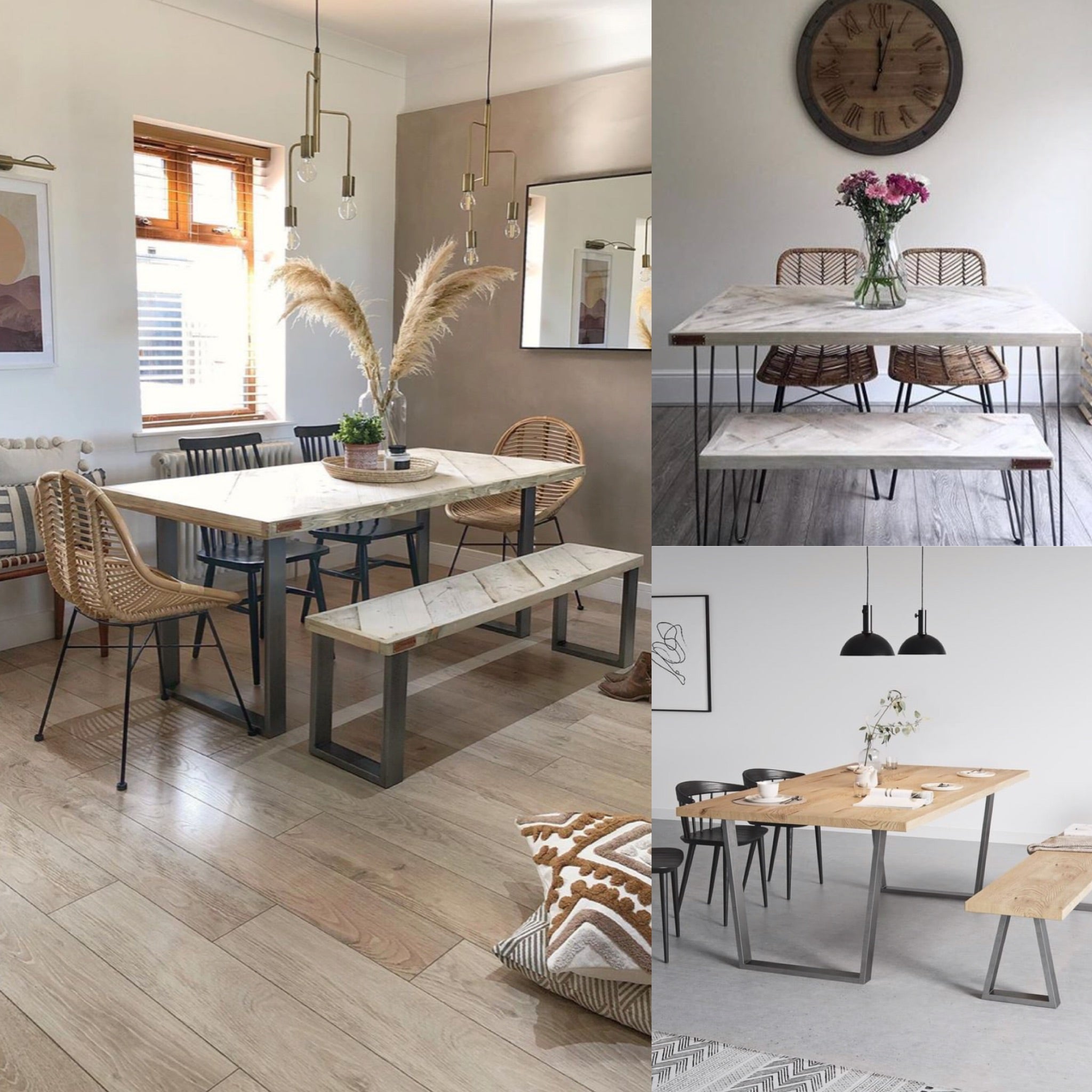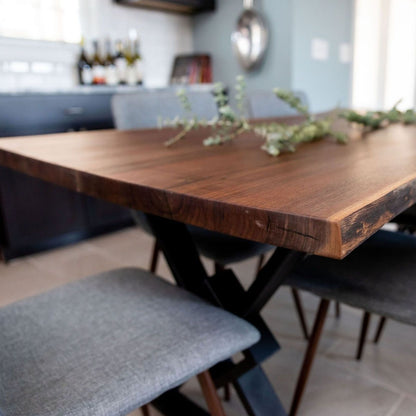Professional Tips for Putting Up Dining-room Table Legs for Maximum Security
When it comes to setting up eating room table legs, accomplishing optimum stability is extremely important for both performance and aesthetic appeals. What specific methods can enhance security even additionally?
Choose the Right Legs
When selecting the suitable legs for your dining-room table, it is necessary to consider both performance and aesthetics. The legs you pick will dramatically influence the overall layout and stability of the table. First, review the table's planned use; if you expect frequent events, stronger legs, such as those made from strong timber or steel, might be preferable, as they provide boosted durability and support.
Next, think about the height and style of the legs in regard to the table top. Common table typically vary from 28 to 30 inches in elevation, so make certain the legs straighten with this criterion for convenience. The style of the legs should match the design of the tabletop-- whether it be modern-day, rustic, or standard. As an example, tapered legs can include a modern touch, while transformed legs could convey an extra timeless visual.

Select Appropriate Equipment
Just how can the best hardware boost the stability and durability of your eating room table? The choice of ideal hardware is crucial to making sure that the legs of your table are safely affixed and able to endure normal use. Top notch screws, screws, and brackets offer the essential strength to support the weight of the table, in addition to any kind of additional loads put upon it throughout events or meals.
When picking screws, choose those made from resilient products such as stainless-steel or brass, which resist rust and keep honesty in time. The length of the screws is similarly vital; they should penetrate deeply right into the table's framework without compromising stability. For bolted links, consider utilizing lock washing machines to stop loosening up due to vibration or movement.
Additionally, utilizing corner brackets can include additional support, especially for bigger tables or those with larger tops. These brackets distribute weight evenly and aid preserve the table's form. Guaranteeing that the hardware you pick is ideal for the certain materials of your table will further boost its general stability and long life, allowing you to appreciate your dining experience for many years to come.
Ensure Correct Positioning
Proper placement of dining area table legs is crucial for both visual charm and practical stability. Misaligned legs can bring about an unequal tabletop, which might not just be aesthetically unappealing however also endanger the table's usability. To attain optimal placement, start by measuring the distance from the table's edges to the leg accessory points. This makes sure that each leg is positioned equidistant from the sides, creating a well balanced look.
Use a degree throughout installment to validate that each leg is vertical to the tabletop. It is recommended to mark the preferred leg placements on the underside of the table with a pencil or concealing tape before protecting them.
In addition, double-check the alignment after the preliminary screws are tightened up, as modifications might be essential prior to totally securing the hardware. By focusing on correct placement, you not just boost the table's total layout yet additionally ensure that it continues to be functional and secure for several years ahead.

Consider Weight Circulation
After guaranteeing proper alignment of the dining-room table legs, it is essential to think about weight circulation to enhance stability and performance. dining room table legs. Appropriate weight circulation is important in preventing making certain and wobbling that the table can sustain its desired tons without danger of tipping or collapsing
When placing the Click Here legs, ensure they are placed at equivalent distances from the facility of the table to evenly disperse the weight across the framework. Think about the Go Here weight of the table top and any type of items that will often hinge on it, such as tabletop home appliances or decorative items. Tables with heavier surface areas should preferably have legs located closer to the corners, as this optimizes the base of support and decreases the danger of instability.
Additionally, if the table is meant for usage in a high-traffic area, consider making use of much heavier materials for the legs or including stabilizing components, such as cross-bracing or a lower rack - dining room table legs. These modifications can help preserve equilibrium and stop shifting during usage. Ultimately, a well-considered weight circulation method will substantially enhance the table's total performance, guaranteeing it remains a functional and eye-catching centerpiece for your eating room
Examination Stability Before Use
Testing the stability of the eating area table prior to usage is an important step that must not be forgotten. If the table reveals instability, recognize the legs or joints that might call for change.
Following, examine that all bolts and screws are tightened up appropriately. Loosened connections can result in instability and potential her latest blog damage over time. If needed, utilize timber glue on joints to boost security, making sure to enable sufficient drying time.

Final Thought
Finally, the setup of dining-room table legs calls for cautious factor to consider of materials, weight, positioning, and hardware circulation to achieve optimum security. By picking strong legs and premium bolts, making certain accurate positioning, and dispersing weight equally, the architectural integrity of the table can be substantially boosted. Conducting a security test before routine use further makes sure that the table will certainly hold up against everyday pressures, thus offering a safe and reputable dining experience.
When it comes to setting up dining space table legs, accomplishing optimum stability is vital for both performance and visual appeals. The legs you choose will considerably affect the general design and stability of the table (dining room table legs). Basic dining tables usually range from 28 to 30 inches in height, so guarantee the legs straighten with this standard for comfort.Correct placement of eating space table legs is necessary for both visual charm and practical stability.In conclusion, the installment of eating space table legs needs cautious consideration of products, equipment, positioning, and weight circulation to attain optimum security